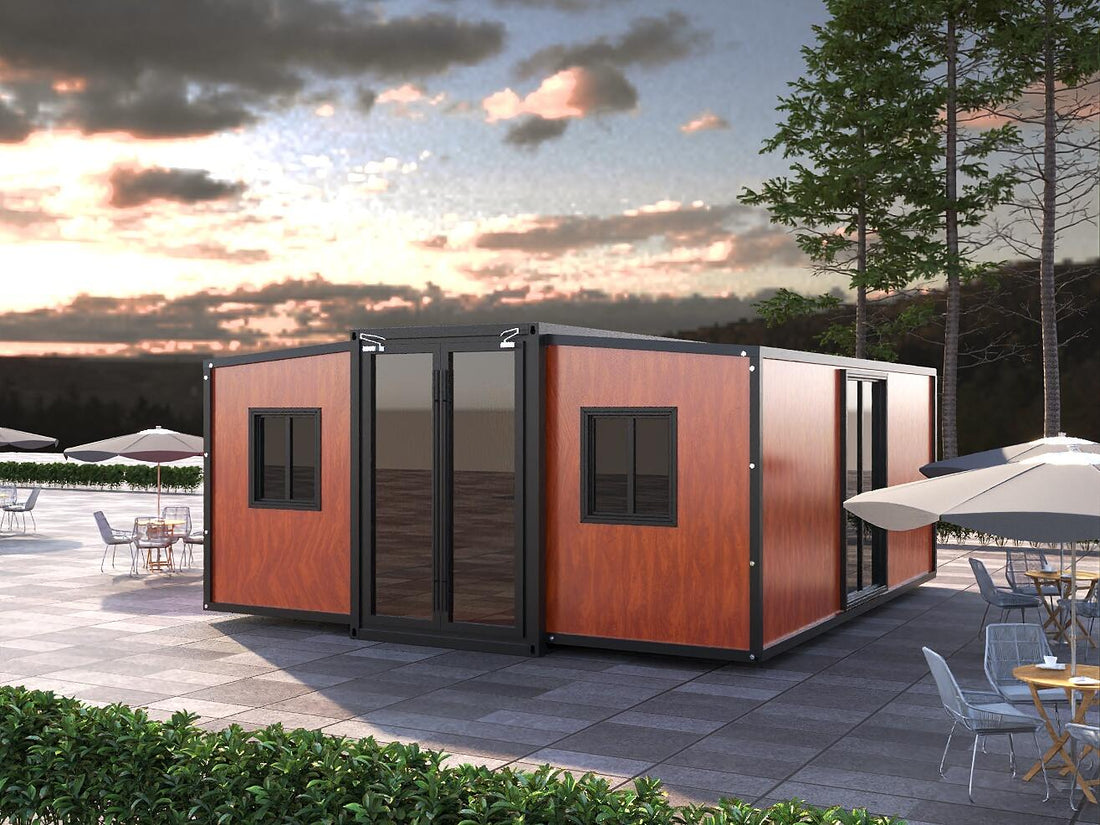
Prefabricated Housing: The Future Trend in the Australian Construction Market
1. The concept and global development of mobile homes
Mobile homes (also known as integrated homes or detachable homes) are a revolutionary building model that uses factory-prefabricated modular components to achieve rapid assembly and flexible relocation. Its core advantages are:
Industrialized production: Standardized modules reduce labor costs and construction errors;
Environmental protection: Reduce 70% of construction waste on traditional construction sites;
Fast delivery: It only takes 4-12 weeks from order placement to move-in, solving the pain point of the average construction cycle of 6-9 months for traditional Australian homes.
2. Unique advantages of mobile homes in the Australian market
(1) Responding to climate and geographical challenges
Disaster resistance: Modular steel structures can withstand Australian bushfires and hurricanes;
Applicable to remote areas: Western Australian mining camps use ATCO mobile homes to solve the problem of worker accommodation shortages.
(2) Economic and policy drivers
Cost advantage: The average price of a traditional house in Sydney is A$1.2 million, while a mobile home of the same size costs only A$350,000-600,000;
(3) Design innovation cases
Scalability: Achieve solar energy + modular expansion;
3. Challenges and Future Outlook
Existing Obstacles:
Inconsistent building codes across states (e.g., Victoria requires mobile homes to have permanent foundations);
Consumer bias against the concept of "temporary" (market education requires investment).
Technological Breakthroughs:
Smart home integration (e.g., Tesla's Solar Roof + Powerwall system);
Conclusion
Mobile homes are not only a practical option for resolving Australia's housing crisis, but also a catalyst for the construction industry's transition toward a low-carbon, intelligent future.
